
Stanguellini monoposto Formula Junior race car
By Dean Larson
Photos: Seller, eBay
While little known in the current generation, the Stanguellini family name would have been big talk in Modena from 1910 to 1960. Vittorio Stanguellini took the family name to the greatest heights as a manufacturer in automobile racing, but his father was a racer and actually the first to register a car in Modena, and his father before him started the family engineering firm in 1879, an organization Vittorio would take over in 1929. Like other Etceterini (small Italian manufacturers 1940-1960) manufacturers of the day, Stanguellini made their biggest impact racing in small displacement classes using ubiquitous FIAT four-cylinder passenger car components.
By the early 1950s, Stanguellini’s operations in Modena consisted of selling and servicing FIATs, building special truck bodies and constructing 750 cc and 1,100 cc race cars. His firm had a penchant for modifying stock FIAT parts for big performance gains, but also had the wherewithal to construct a twin-cam racing engine of entirely their own design.
Stanguellini’s cars were quite successful during this era, with Mille Miglia wins in 1938 and 1940, Targa Florio wins in 1938 and 1952 and also a win at the 12 Hours of Sebring in 1957. Top drivers such as Lorenzo Bandini, Walt Hansgen and Briggs Cunningham drove Stanguellinis, and the later two brought awareness of the small manufacturer to the U.S. in some capacity.
Stanguellini’s cars really shined early on in the new Formula Junior category — an entry-level open-wheel class using inexpensive production car components. Engine limitations were set at 1,000 cc for cars of 792 pounds and 1,100 cc for 880-pound cars. Many driveline components were to remain stock while others could be modified, making FIAT expert Stanguellini a strong contender. In fact, the first Formula Junior race was won by Roberto Lippi in a Stanguellini.
From the start of Formula Junior in 1958, it wasn’t long before mid-engine cars from companies like Cooper and Lotus started to dominate the series. More and more manufacturers jumped into Formula Junior, including Saab, Cosworth and Brabham, and the series soon became too expensive to race in compared to its modest beginnings. By 1964, Formula Junior had been replaced by Formula Two and Formula Three, with the latter being the new true amateur series.
But in the early days of Formula Junior, there were few more attractive options than a front-engine Italian racer — like a miniature version of early ’50s Formula One cars. This particular Stanguellini, chassis No. 00137, was purchased by a young American named Peter Carpenter who was travelling Europe. Carpenter was a true amateur who purchased the 1,100 cc Stanguellini monoposto after discovering the new Formula Junior series. Carpenter often finished well in the car despite his rookie status through the 1959 and 1960 seasons, before switching to a Lotus in 1961.
Carpenter’s Stanguellini last raced in Cuba in 1960 and likely remained in his possession until 1971 before being placed in a museum. The car was not altered from Carpenter’s competition configuration, but it was refurbished in 1994 and repainted in rosso corsa. However the owners found the new paintwork clashed with the rest of the car and artificially aged it to the finish it has today.
The significance of Carpenter’s Stanguellini monoposto today is its highly original condition, as the car doesn’t appear to have been wrecked or repaired substantially, and its safety features were never updated for later competition. For its significance in early Formula Junior racing, the selling dealer asks $159,900 for the Stanguellini here on eBay.

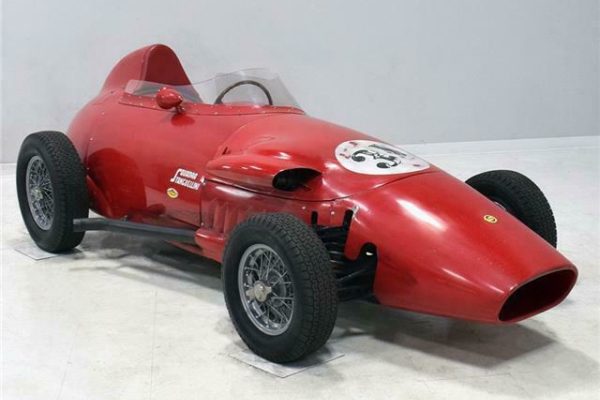
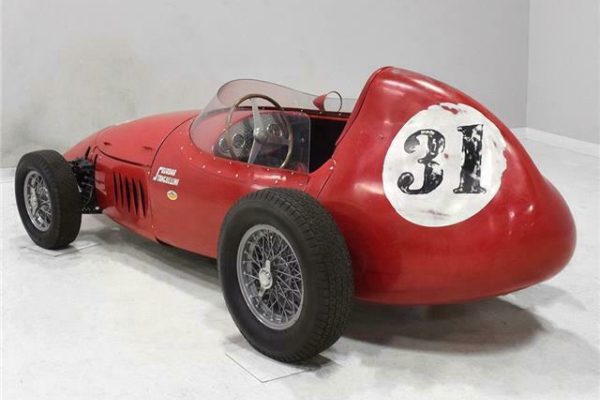
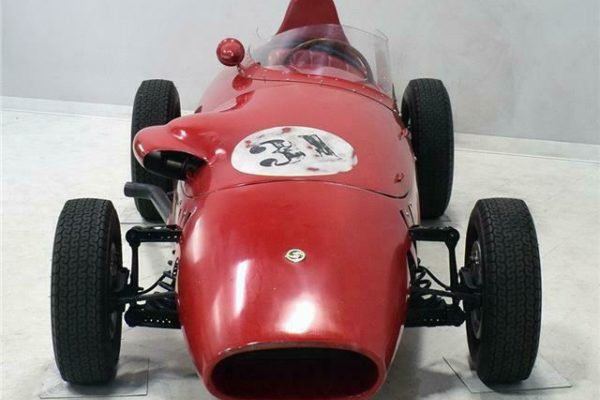
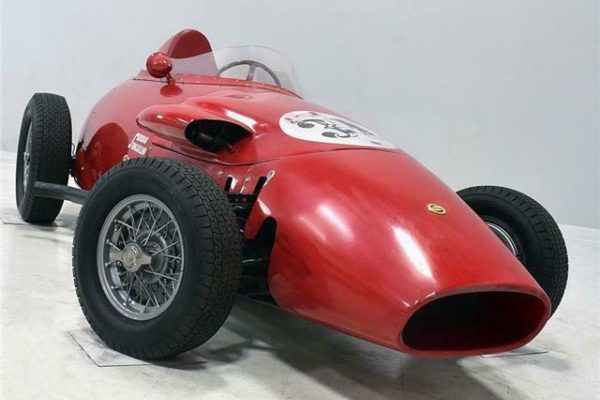
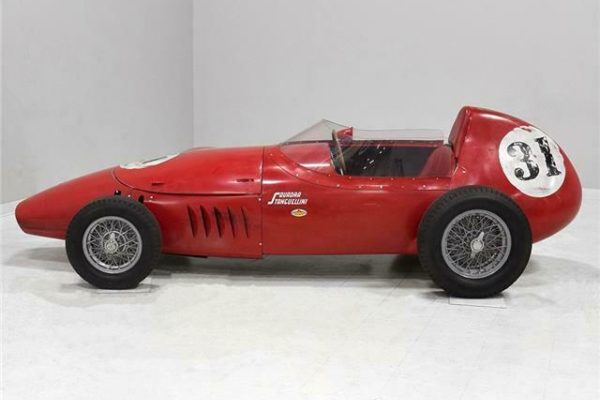
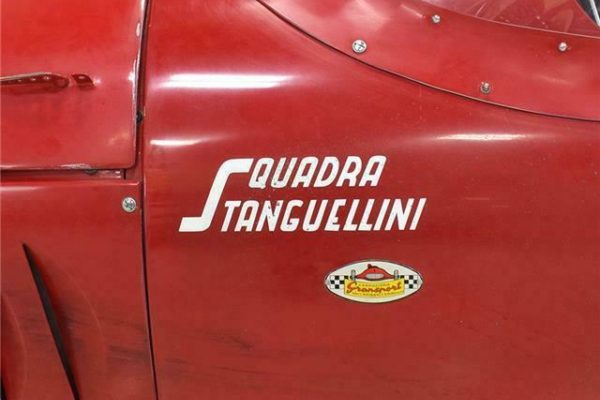
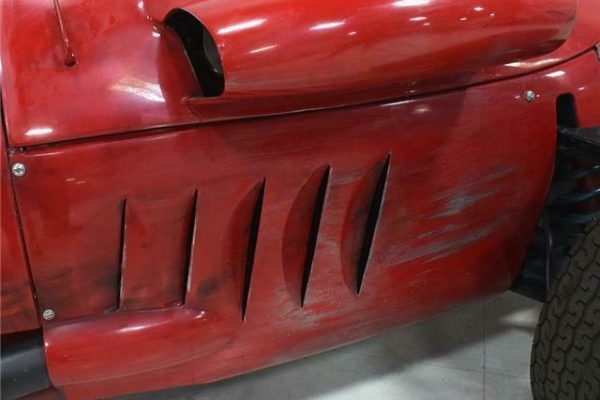
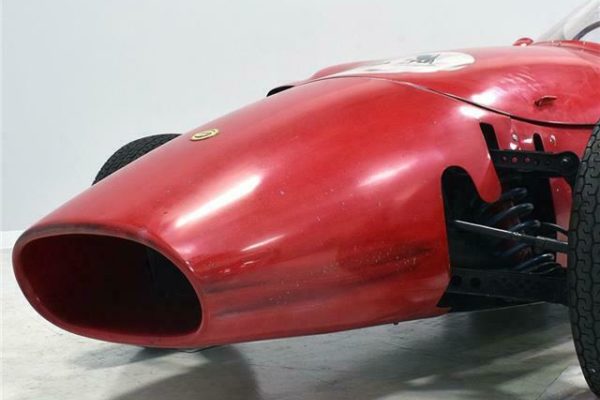
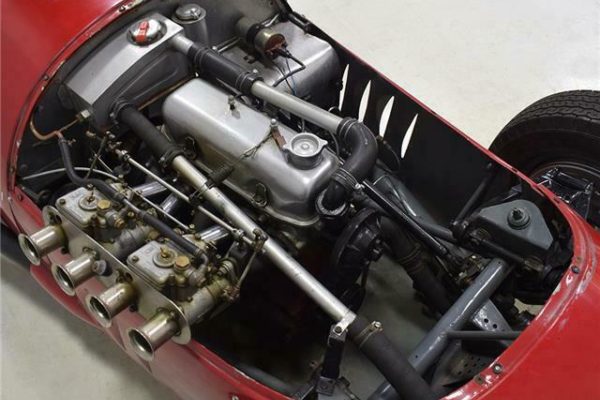

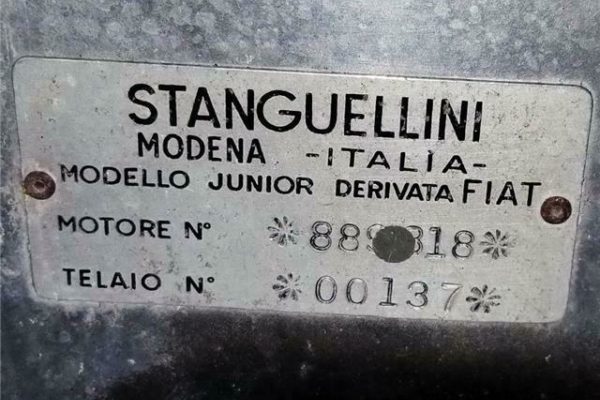
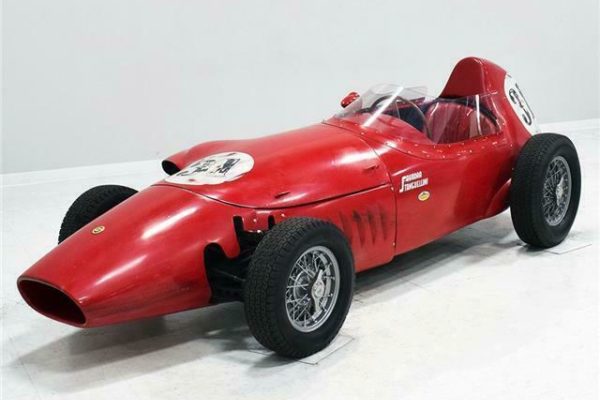
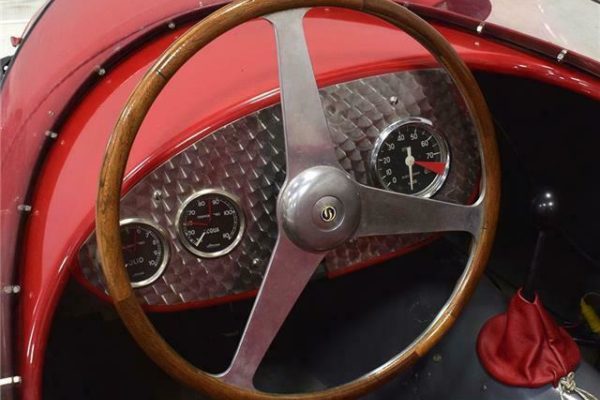
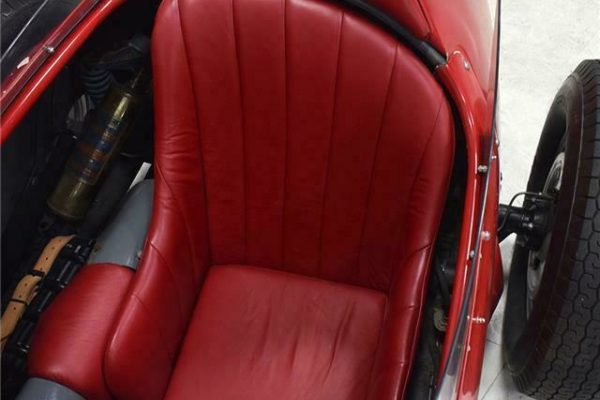
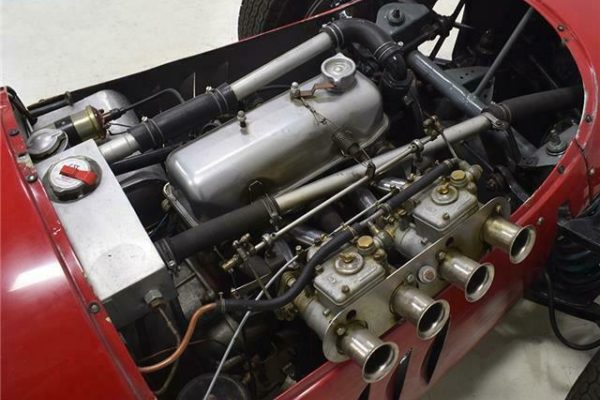
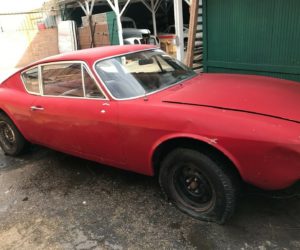
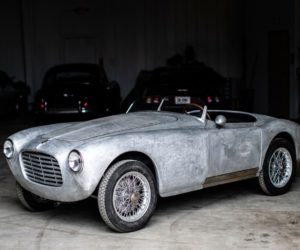
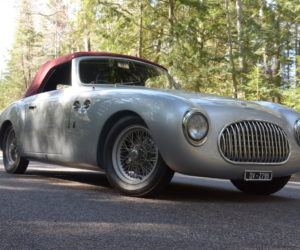
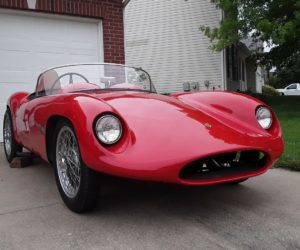
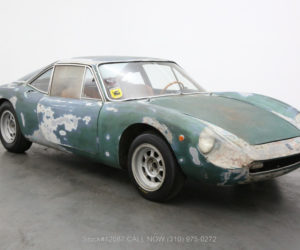
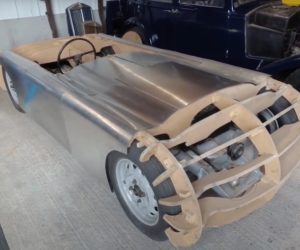




Comments for: Carpenter’s Stanguellini Formula Junior
comments powered by Disqus